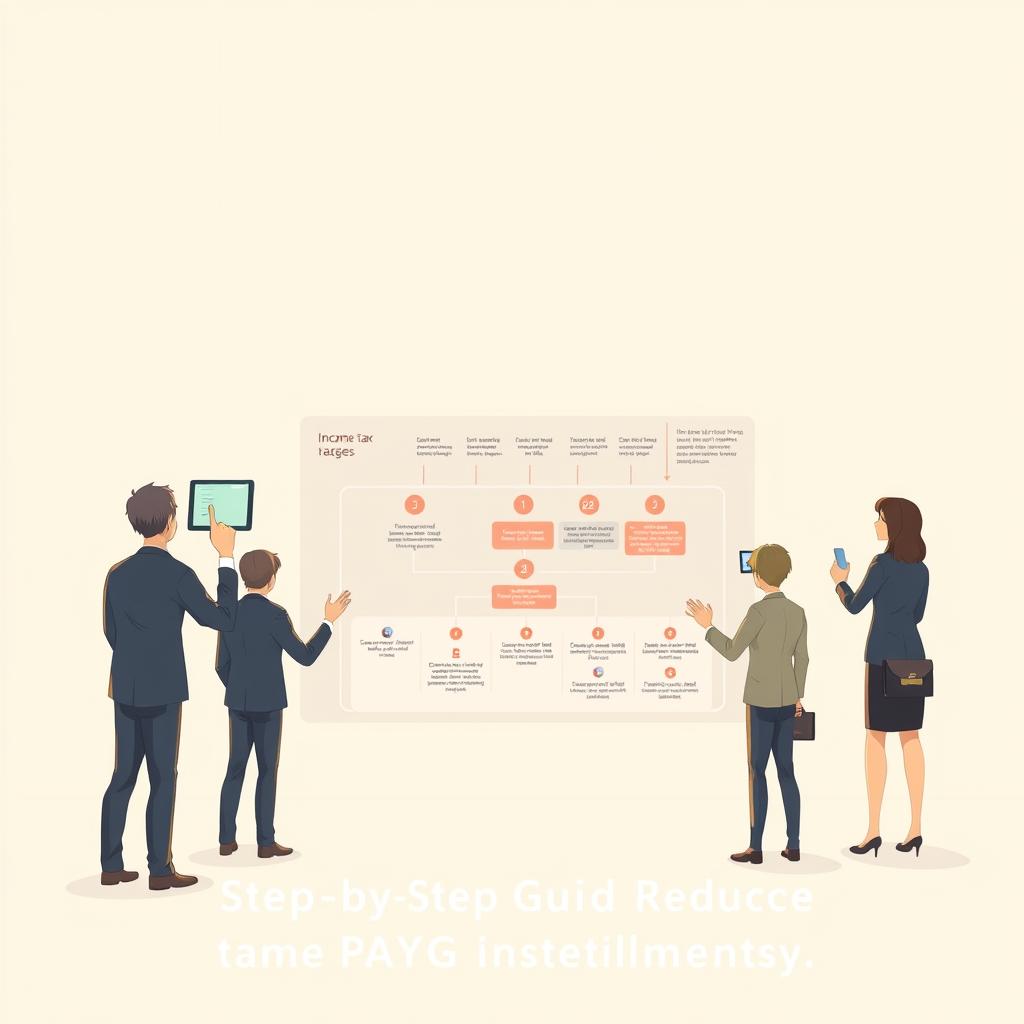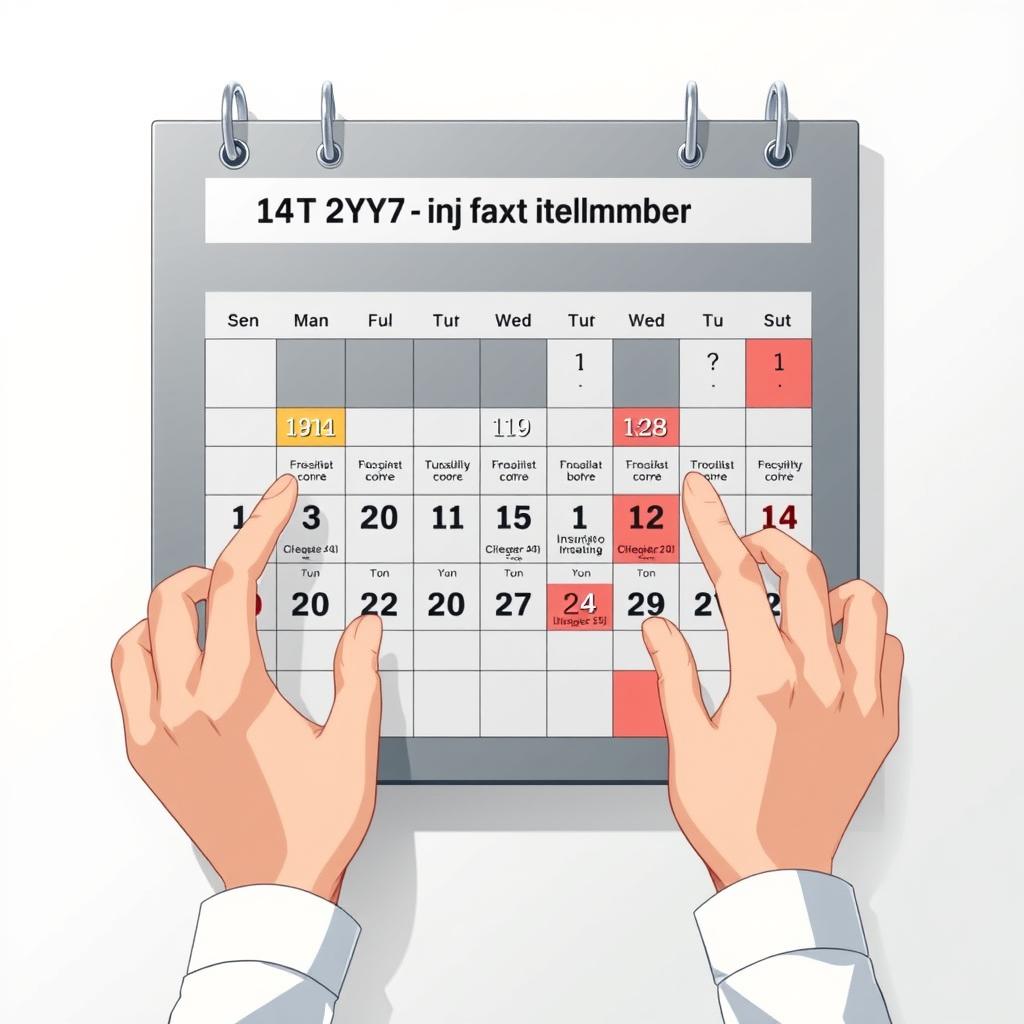PAYG instalments are part of Australia’s Pay As You Go system. They help taxpayers manage their tax all year, not just at the end. This way, you pay a bit of tax each month, matching your income.
It’s important to understand PAYG instalments for good tax planning. They are for people and businesses with big tax bills. The system makes tax easier, but it can be tricky to change payments when your situation changes.
Key Takeaways
- PAYG instalments are regular payments to cover income tax liabilities throughout the year.
- They apply to those with taxable income above $4,800 (as per ATO guidelines).
- Reducing instalments is possible if income drops or expenses rise, but must align with ATO rules.
- Proactive management avoids penalties and ensures accurate tax obligations.
- This article explores strategies to legally adjust income tax PAYG instalments.
Understanding Income Tax PAYG Instalments in Australia
Income tax PAYG instalments are a key part of Australia’s tax system. They play a crucial role in managing taxes for individuals and businesses. Let’s explore their purpose and how they fit with other tax duties.
The Purpose of PAYG Instalments
So, what are payg instalments? They are a way for people and businesses with big incomes to pay tax bit by bit. This helps with cash flow and keeps the government funded. For example, freelancers or investors use them to avoid big tax bills at the end of the year.

How PAYG Fits into the Australian Tax System
PAYG instalments are a part of the Pay As You Go (PAYG) tax system. They work alongside annual tax returns to ensure taxes are paid as they are earned. Here are some important points:
- Linked to annual income assessments for accuracy
- Required for those with tax liabilities over $2,000 annually
- Adjusted based on prior year’s income
Differences Between PAYG Withholding and PAYG Instalments
| Feature | PAYG Withholding | PAYG Instalments |
|---|---|---|
| Applies to | Employers deducting tax from wages | Self-assessed for business profits or investment income |
| Managed by | Employer/payroll systems | Individual taxpayers or accountants |
| Example | Employee’s regular payroll tax deductions | Contractors paying quarterly based on project earnings |
Knowing the differences helps avoid confusion and ensures you follow Australian tax laws.
Who Needs to Pay PAYG Instalments?
Income tax PAYG instalments are for those who earn a lot from business or investments. The Australian Taxation Office (ATO) asks these people to make regular payments. This is to cover their tax for the year.
What is payg instalments? They are quarterly payments for those with tax bills over $4,500 a year. The main groups include:
- Sole traders, partners, or company directors with business income
- Investors with rental, interest, or dividend income over thresholds
- Individuals with capital gains from asset sales
- Self-managed super fund members with assessable income
| Taxpayer Type | Triggering Income |
|---|---|
| Sole traders | Business profits >$4,500 |
| Investors | Rental/interest income >$2,500 |
| Partnerships | Combined net income >$4,500 |
“PAYG instalments ensure tax is paid throughout the year, not just at return time.” – ATO Guidelines

The ATO sends reminders if you owe over $4,500 from last year’s return. New businesses or those with changing income might get special rules. If your income drops, contact the ATO to avoid fines.
How the ATO Calculates Your PAYG Obligations
The Australian Taxation Office (ATO) figures out income tax PAYG instalments in two main ways. Understanding these methods helps you match payments with your finances.
Instalment Rates vs. Instalment Amounts
Calculations begin with choosing a method:
- Instalment Rate Method: Uses a fixed percentage (like 8.5% for individuals) on your current income guesses.
- Instalment Amount Method: Sets fixed quarterly payments based on your last year’s tax.

Understanding Your Income Activity Statement
Your Income Activity Statement (IAS) shows instalment history and deadlines. It has important parts:
- Estimated annual income figures
- Previous tax payments
- Due dates for next payments
“Accurate reporting on the IAS ensures instalments match your actual income flow,” advises the ATO.
Business and Investment Income Impact
Rental income, capital gains, or business profits change instalment amounts. For example:
- A 10% rise in rental profits increases instalments by the same amount.
- Dividend income from investments adds to taxable income, boosting PAYG demands.
Regularly checking these factors helps avoid overpaying. It also prepares you to reduce payg if income falls unexpectedly.
Valid Reasons to Reduce Your PAYG Instalments
Changes in your financial situation might let you adjust your PAYG payments. Knowing when to reduce income tax PAYG instalments helps you stay in line while dealing with unexpected income changes.

Decreased Income Scenarios
Life events like working fewer hours, taking maternity leave, or losing important clients can mean you need to reduce payg. Here are some examples:
- Switching from full-time to part-time work
- Being on extended unpaid leave and it affects your yearly income
- Your business makes less money because of losing clients or market changes
Business Downturn Considerations
Business owners might need to reduce income tax PAYG instalments if their sales go down. Reasons include:
- Seasonal downturns (like after a pandemic)
- Problems with the supply chain that hurt sales
- Recessions or crises in your industry
Change in Investment Income
Investors might be able to reduce payg if their income goes down. Reasons include:
- Less rental income because of empty properties
- Stock dividends being cut
- Lower interest rates affecting investment earnings
“The ATO expects proof of income changes before approving reductions. Without evidence, requests might be turned down,” says the Australian Taxation Office guidelines.
Keep records of any changes in your income to support your requests. Without solid evidence, you could face penalties. So, it’s wise to talk to tax experts if you’re unsure about your eligibility.
Step-by-Step Guide to Reduce Income Tax PAYG Instalments
To reduce income tax PAYG instalments, follow these clear steps. They ensure you comply and avoid penalties:
- Assess Eligibility: Confirm you qualify under ATO guidelines (e.g., reduced income or business downturns).
- Gather Documents: Collect financial statements, tax returns, and income estimates to justify your claim.
- Calculate Revised Income: Use the ATO’s online estimator or professional tools to project adjusted annual income accurately.
- Submit a Variation Request: Log into the ATO online portal or myGov. Locate the “PAYG Instalment Variation” form and input revised figures.
- Review and Submit: Double-check all details before finalising your reduce payg request.

Timing is key: Submit requests early in the financial year to align with income changes. Most applications are processed within 21 days. Keep records of submissions and ATO confirmations for future reference.
Pro tips: Always reduce payg estimates conservatively to avoid overestimation penalties. Track changes monthly and resubmit if circumstances shift further. Regular updates ensure compliance with current financial realities.
- Attach documentation proving income drops (e.g., profit loss statements).
- Review ATO’s “PAYG Instalments Guide 2023” for form specifics.
- Retain copies of all submitted forms and correspondence.
Maintain communication with the ATO if delays occur. Proactive management ensures smooth reductions without unexpected liabilities.
Common Pitfalls When Adjusting PAYG Amounts

Changing reduce income tax payg instalments needs careful planning to avoid mistakes. Many taxpayers forget about the risks of miscalculations. This can lead to penalties or interest charges.
Underpayment Penalties and Interest Charges
Not guessing your income correctly when reduce payg can lead to the General Interest Charge (GIC). This charge adds up daily on unpaid tax. For instance, a $5,000 underpayment over six months might cost you $150+ in GIC. Big understatements can also mean penalties up to 25% of the amount you owe. Always check your income forecasts to make sure your instalments match your earnings.
| Risk | Consequence |
|---|---|
| Ignoring income growth | GIC + penalties |
| Late variation requests | Backdated interest charges |
Documentation Requirements for PAYG Variations
To reduce income tax payg instalments, you need to provide proof of changed circumstances. You’ll need:
- Financial statements showing income drops
- Business loss reports
- Bank statements for investment declines
Without these documents, the ATO might reject your request or start an audit.
When Not to Reduce Your Instalments
Avoid making reductions if:
- Income loss is temporary (e.g., seasonal business lulls)
- Uncertainty surrounds final income (e.g., pending contracts)
- Insufficient savings to cover eventual tax debts
A 2023 ATO report found 30% of penalty cases involved taxpayers who reduced instalments without verifying long-term income stability.
Keep detailed records and get professional advice before making any changes. This can help you avoid legal or financial problems.
Key Dates and Deadlines for PAYG Management
Managing income tax PAYG instalments is crucial. You must meet deadlines to avoid fines. Here are the key dates for what is payg instalments compliance:
- Quarterly Payments: Pay instalments within 28 days after each financial quarter ends. For example, the June quarter payment is due by 28 July.
- Annual Reconciliation: Finalise payments by 14 October to align with your tax return. This adjusts instalments against actual income tax owed.
- Variation Requests: Submit changes to instalment amounts by 15 August for first-quarter adjustments or 15 November for second-quarter updates.
If due dates fall on weekends or public holidays, payments are due by the next business day. Late payments incur interest charges from the missed deadline.
“Planning around PAYG deadlines ensures cash flow stability and avoids penalties,” says the ATO.
Pro tips for compliance:
- Set calendar reminders for all deadlines, including variations and reconciliation.
- Budget for higher fourth-quarter payments if earlier instalments were reduced.
- Align payments with revenue peaks, like end-of-financial-year sales or investment returns.

Keep track of these dates carefully. Missing a deadline can lead to financial penalties and affect your annual tax. Always check the ATO’s official calendar for the current financial year.
When to Seek Professional Assistance with PAYG
Handling income tax PAYG instalments can get tricky, like when your income or business changes. Professional accountants are key when you can’t handle it yourself. They bring a lot of value to the table.
When Accounting Support Makes a Difference
- Complex business structures with multiple revenue streams
- Unpredictable income due to seasonal or market fluctuations
- First-time PAYG obligations requiring accurate setup
- Prior ATO disputes or non-compliance history
- Planning to reduce income tax payg instalments without penalties

Get in touch with Kingsman Accountants today at info@kingsmanaccountants.com for custom advice.
Conclusion: Managing Your PAYG Instalments Effectively
Managing income tax PAYG instalments is all about finding the right balance. In Australia, if your income drops or your business slows down, you might pay less tax. The ATO can adjust your payments if you provide the right financial information. But, it’s important to act early to avoid fines.
Having the right documents is key to reducing your PAYG instalments. It’s wise to check your instalment amounts every year, after big life or business changes. This way, you can make sure you’re not paying too much and keep your cash flow healthy. It’s also crucial for businesses and investors to know the rules and deadlines to save on taxes.
By keeping an eye on your finances all year, you can avoid unexpected tax bills. Knowing how to officially reduce your PAYG instalments helps you manage your money better. The Income Activity Statement is a valuable tool for tracking and adjusting your payments on time.
Keeping up with ATO rules and using experts like Kingsman Accountants can help you get it right. If you’re not sure about your instalment amounts, review your current setup using this guide. Keeping your records clear and submitting on time helps you stay compliant and save on taxes.